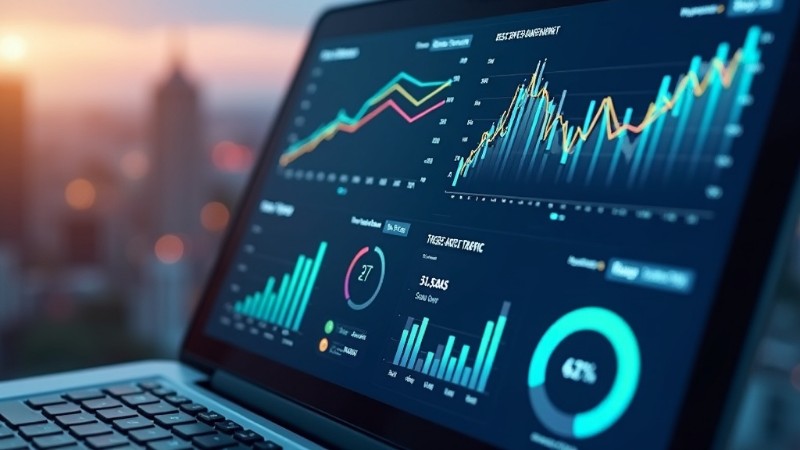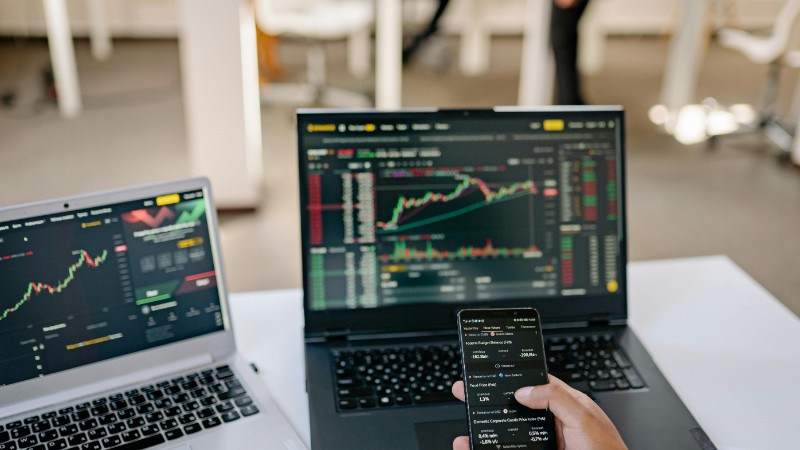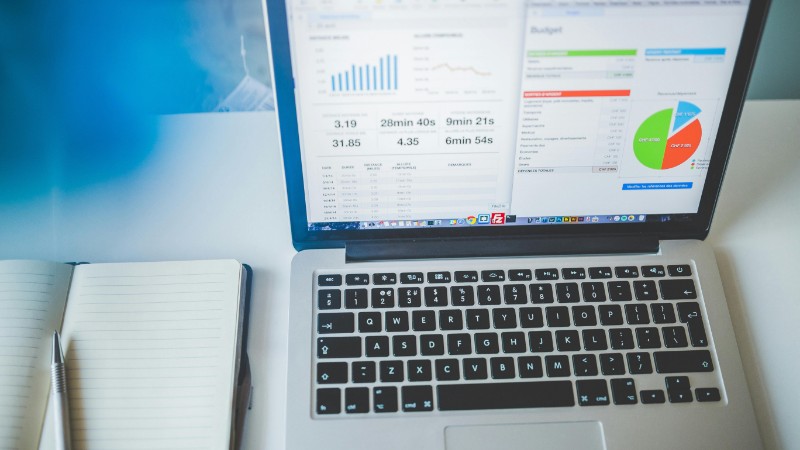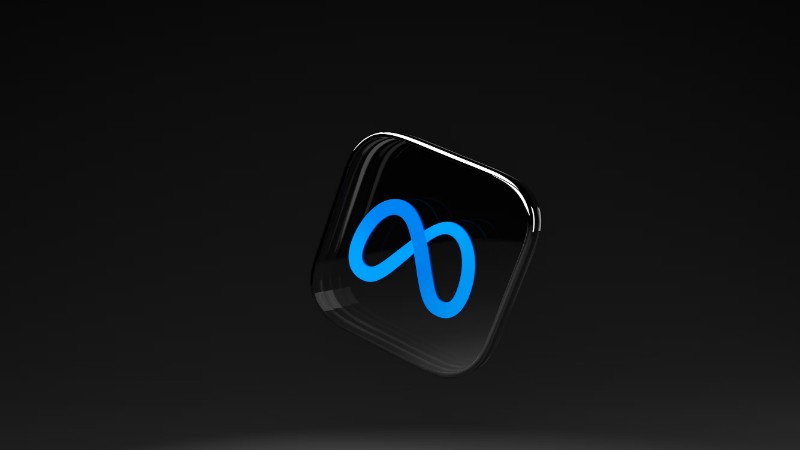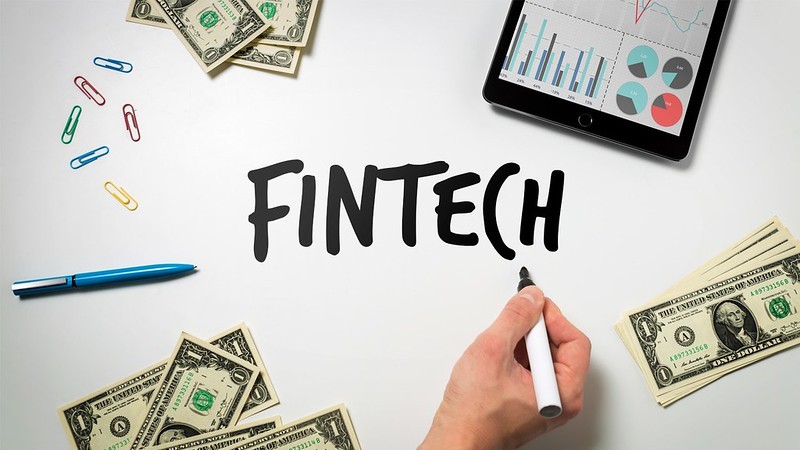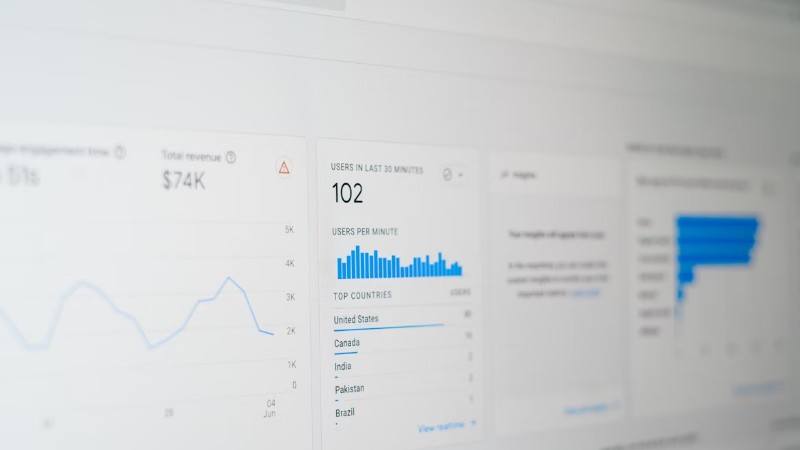Cracking the code: How Fintechs turn expensive clicks into high-value leads
Industry InsightsMid-2025 data shows fintech firms reporting average revenue growth of 40% and profit growth of 39%, even as customer growth slowed to 37%. For challenger brands, this creates a high-stakes environment where effective fintech lead generation is essential. Many are turning to specialized PPC agencies for fintech to stay competitive and capture qualified leads. Pay-Per-Click advertising remains one of the most powerful tools for B2B fintech marketing. It guarantees top placement on search results for users actively seeking financial services and can deliver a strong return on ad spend within minutes of launch. But costs are steep — financial keywords sometimes exceed $50–$100 per click — and strict regulations slow approval timelines, leaving little room for error. Full-funnel PPC strategy Experts recommend a full-funnel, data-driven approach. Privacy-safe measurement is now mandatory, with first-party data, enhanced conversions, and Google Analytics 4 forming the backbone of compliant tracking. Value-based bidding helps maximize revenue by assigning different values to actions like loan applications or account sign-ups. Advances in AI and Google’s Search Generative Experience make broad match keywords more effective, while Demand Gen campaigns offer new ways to build awareness across the customer journey. Generative AI is reshaping creative production, allowing fintechs to test multiple ad iterations quickly and visualize complex solutions in fresh, engaging ways. Meanwhile, integrating CRM systems with Google Ads enables closed-loop reporting, better targeting, and precise ROI measurement. Finally, experts stress that PPC should work hand-in-hand with SEO to dominate search results and protect brand visibility. With rising competition and high customer lifetime values at stake, partnering with a PPC agency for fintech can help businesses navigate regulations, control costs, and build scalable campaigns that convert.
